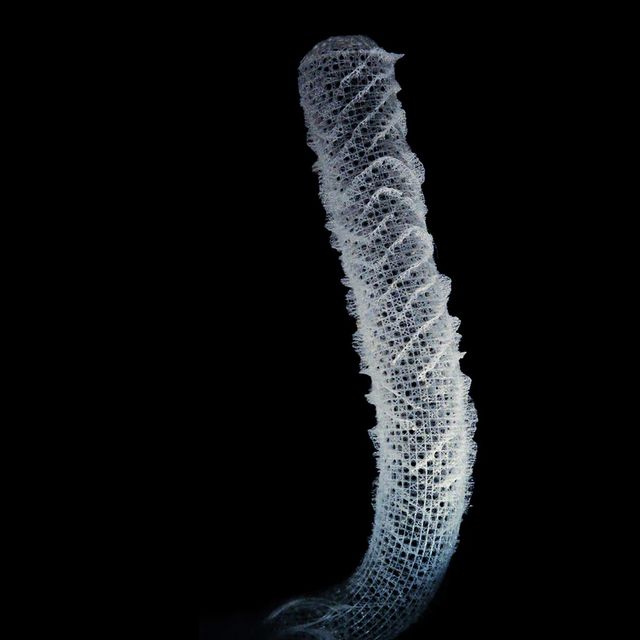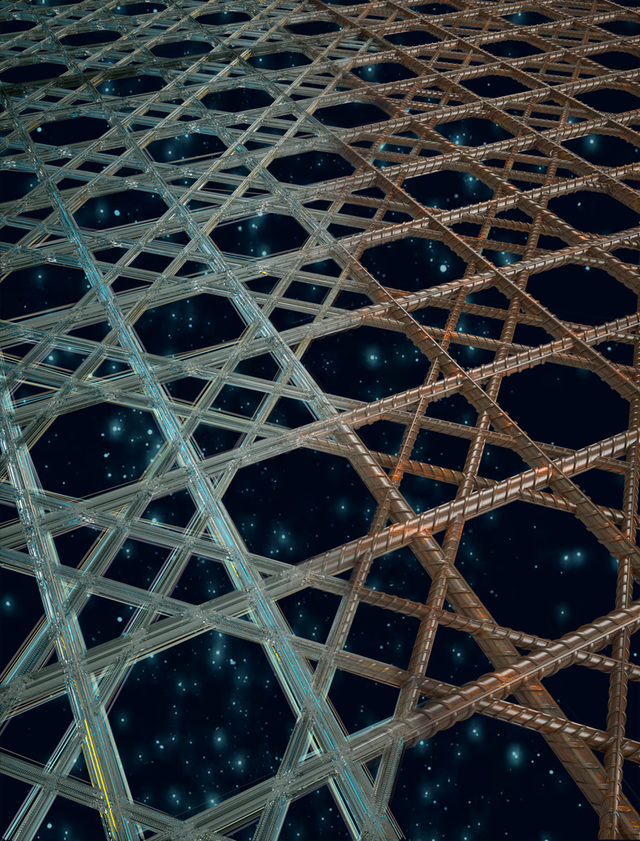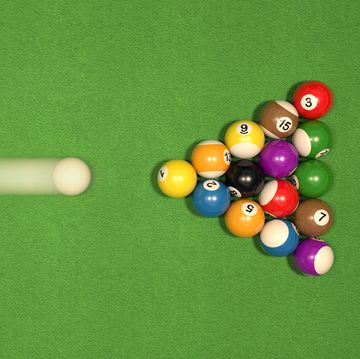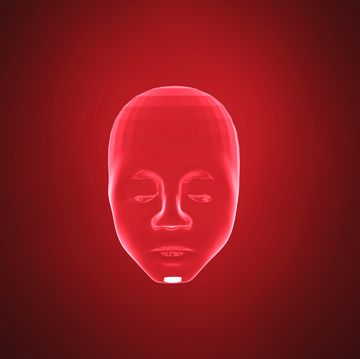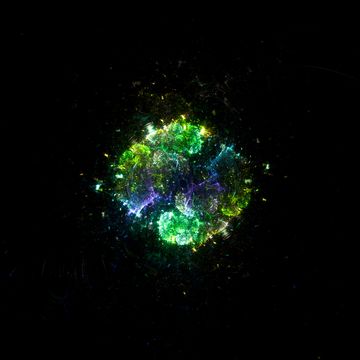- Sea sponges have inspired a new double lattice for construction.
- Animal-inspired technology, especially from creatures that build and weave, is huge right now.
- The sponge-inspired lattice resisted buckling longer than any other structure.
The next generation of skyscrapers could be, well, spongey. Researchers at Harvard University’s Wyss Institute for Biologically Inspired Engineering and John A. Paulson School of Engineering and Applied Sciences say a lattice reinforced with diagonals, inspired by the structures built by sponges, could mean lighter, but stronger skyscrapers and bridges.
➡ You love badass builds. So do we. Let's nerd out over them together.
Sponges are wild. They’re not just alive—they’re resilient predators that reproduce sexually, despite having no organs or tissues or even a traditional “inside” of their body structures. In a way, they’re living structures already, and their sturdiness is what helps them survive.
The researchers explain in their new paper:
“The predominantly deep-sea hexactinellid sponges are known for their ability to construct remarkably complex skeletons from amorphous hydrated silica. The skeletal system of one such species of sponge, Euplectella aspergillum, consists of a square-grid-like architecture overlaid with a double set of diagonal bracings, creating a chequerboard-like pattern of open and closed cells.”
Beginning with this structure as a guide, the scientists built a 3D physics model and put the sponge and a selection of other traditional building types through the ringer. “[U]sing a combination of finite element simulations and mechanical tests on 3D-printed specimens of different lattice geometries, we show that the sponge’s diagonal reinforcement strategy achieves the highest buckling resistance for a given amount of material,” they conclude.
Existing things use both square and diagonal lattices depending on the item. If you’ve owned enough plastic milk crates in your life, you’ve likely seen both structures just in those designs.
But the sponge-inspired lattice is double layered, resulting in something more like a basket weave you may have seen on the seat of a wooden chair. By testing the structural strength of the sponge, researchers have combined the best of building with the best of weaving, in a way.
The most important takeaway, they say, could be to build the same strength and size of building, but with less building materials. They could also just broadly improve the materials used for less optimal designs, especially in infrastructure like bridges. The scientists explain:
“Our results demonstrate that lessons learned from the study of sponge skeletal systems can be exploited for the realization of square lattice geometries that are geometrically optimized to avoid global structural buckling, with implications for improved material use in modern infrastructural applications.”
Indeed, they’ve already applied for the patent.

Caroline Delbert is a writer, avid reader, and contributing editor at Pop Mech. She's also an enthusiast of just about everything. Her favorite topics include nuclear energy, cosmology, math of everyday things, and the philosophy of it all.
